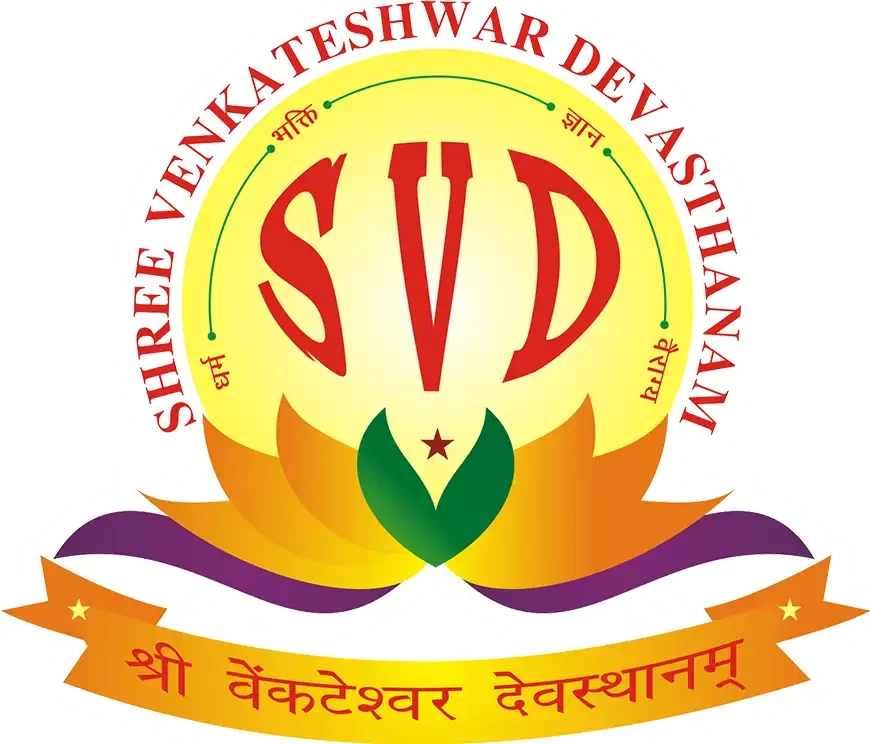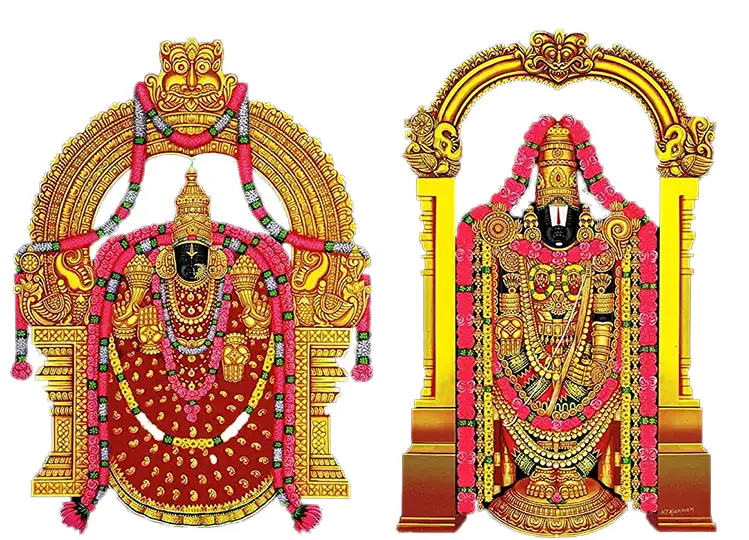Autumn, the season of cool breezes in India brings with it a chain of festivals for the Hindu religion or the Sanatana Dharma. The onset is marked by the festival of Dhanteras, also known as “Dhanvantari Triodasi”. This is a very special festival especially, for business owners. They all offer their prayers to the goddess Laxmi for good fortune. Jewellers perform Dhanteras puja and celebrate the festival with all the grandeur. Everyone across the country engages in decorating their houses with lights and colourful rangolis and makes small footprints at the doorsteps to welcome Laxmi Ji’s blessings in their houses. Also, people lit Diyas to keep the negative energies away from their residences or working areas. Sweets are exchanged and people organize a get-together to wish each other.
Some people buy new things especially, silver and gold on this happy Dhanteras day. Gifts are exchanged with family and friends as a token of love. Exchanging sweets and gifts is another way to celebrate this festival. Many people fix marriage dates, considering the occasion an auspicious time to do so. In south India, people prepare for a ritualistic bath on the next day known as Narakchaturdasi. Pots are properly cleaned, filled, and decorated with marigold and mango leaves. This water is heated the next morning for the bath which is taken to ward off sins.
The next festival in the row is Diwali, which is the biggest of all festivals among Hindus. It falls on Amavasya in the Kartik month of the Hindu calendar. People get involved in Diwali celebrations by decorating their houses with lights and new furniture. They buy clothes, pieces of jewellery, sweets, gifts, etc. In the current times, people are adapting to new ideas of celebrating this among friends and offering gift cards and gift vouchers as a sign of love. On this eve, people adopt different Diwali decoration ideas and make their houses fragrant with different types of incense sticks, fragrance candles, lamps, and Diya decorations. Delicious cuisines are cooked and relished with family and friends. Reverence is being paid to goddess Laxmi Ji, by offering Laxmi puja at every house and work area. Firecrackers play a vital role and the celebration remains incomplete without them. Since these crackers create so much pollution; you can celebrate Diwali 2022 with environment-friendly green firecrackers. What better gift can you imagine offering a society on Diwali?
This festival is attached to different belief systems in India and is celebrated according to the Hindu calendar which is also known as Panchang every year. Majorly this is celebrated as a triumph of good over evil. According to the religious scriptures, Lord Ram returned to Ayodhya with his wife and brother after living 14 years in exile in a forest. And the masses celebrated their return by lighting Diyas across the country. On this day Lakshmi puja is done to claim prosperity and good health throughout the year. People sanitize their houses and make them ready with rangoli decorations to welcome Laxmi at their places. The festivity gets ended with fireworks, eating sweets, and greeting each other.
In this chain of festivals, Dhanteras Diwali marks the first day, followed by Chhoti Diwali i.e. the second day. This day is remembered as the day lord Krishna defeated Narakasura, the demon of filth. Diwali falls on the third day. And after Diwali, there comes the festival of Govardhan which marks the fourth day of celebration. It is celebrated to venerate Lord Krishna and Govardhan Parvat, for protecting mankind from heavy rains. The whole season comes to an end on the fifth day when Bhai Dooj is celebrated. It’s a worldwide-known festival that celebrates the bond of love between sisters and brothers.
The festival of Govardhan also known as Annakut is worldwide famous as a part of the Diwali celebration. Falling on the fourth day, this festival is celebrated by making rangolis, lighting Diyas, and making beautiful patterns on the ground using colored sands, flower petals, and colored rice. Many types of foods are prepared and offered to Lord Krishna. Govardhan puja is the main ritual that is performed on this day. To be precise enough, Govardhan puja forms a part of the Annakut festival. Different people perform this puja in different styles. The majority of them make Lord Krishna using cow dung on the ground and decorate it with seenkh( fine sticks of a bamboo broom) and Diyas. They feed this structure and offer prayers to it. According to old scriptures, this puja is offered to Lord Krishna who lifted the Govardhan Mountain to protect the masses that were facing the rage of Lord Indra.
The next festival in the queue is Bhai Dooj which falls on the fifth day of the Diwali festive days. This day is the most awaited one for many. This is a festival that celebrates the bond of brothers and sisters. It is celebrated throughout India where sisters wear colorful clothes and do pooja or arti of their brothers showing their love towards them. Sisters apply Tilak on the forehead of the brothers and pray for their long safe life and the brothers in return promise for safeguarding their sisters for a lifetime. This festival hails its existence for a very long time now when females used to depend on their families for protection. On this day, the brothers on the other hand present gifts to their sisters as a thank-you note from their side. Sisters do tilak of their brothers by applying tika (from a mixture of vermillion, roli, and rice) on their foreheads. After this, they do the arti and pray for their brother’s long life and good health.
The last festival in the string is that of Chhath puja, which longs for four days. This is celebrated twice in one year. This festival is celebrated in the states of Bihar, Jharkhand, Uttar Pradesh, and southern Nepal. Worshippers offer their prayers to Chhathi Maiya, who is the sister of lord Surya. The main rituals of this occasion are done by women (parvatitin). Men do also celebrate it. Females here make prayers to the Chhathi Maiya for the prosperity and good health of their families and children. Some of the devotees follow this ritual year after year and then pass this on to the next generation. Only if in case there is a death in the family, this ritual can be dropped for that particular year. But other than if someone does not do it in a year for any reason, then he/she cannot continue it any further. If it is dropped once, it gets dropped forever.
The dishes that one cooks for this festival include khajuria, thekua, tikri, kasar, and fruits (mainly sweet lime, banana, coconut, sugarcane, and some others). Special bamboo baskets are used to keep them all. The food eaten on these four days does not contain any garlic, onion, or salt. Only vegetarian and pure food is consumed on this auspicious festival.
Festivals in India depict unity in diversity and hence are celebrated by everyone and everywhere as Indians.
Tirupati Balaji Temple in Delhi located at Najafgarh, celebrates many festivals during the festive season. Anyone can visit the temple to enjoy the Pujas and get the special Prasads/bhogs during this time. All the devotees are welcome to visit the temple throughout the year and offer their prayers.
If anybody wants to give Donations they can donate online by visiting the Mandir/ Temple Website or can also donate directly while visiting the temple. Donations of any kind are accepted – cash, cheque or material by the temple administration.

